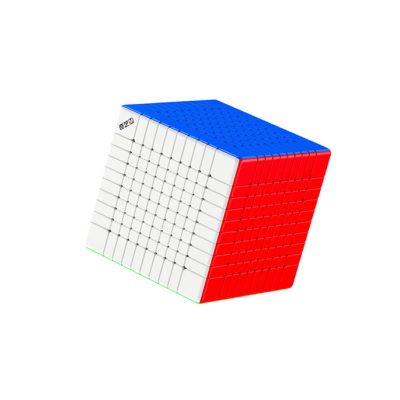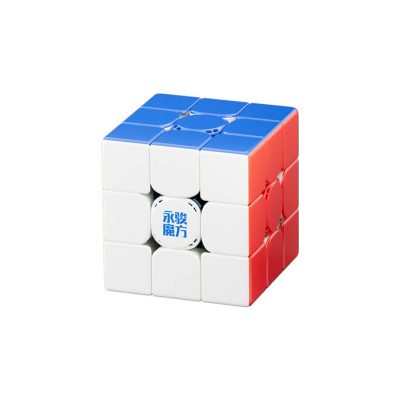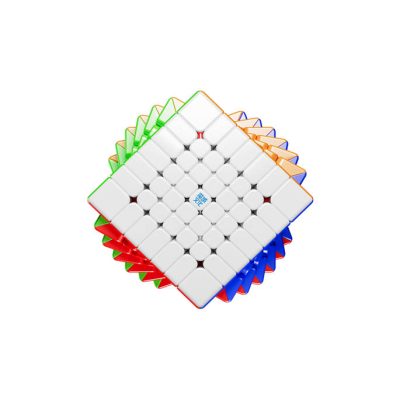-
 Dave Vinke
Dave Vinke
- Leestijd: 5 min
- Laatst geüpdatet: 29/08/2025
For electronic model building, you need various components depending on your project. Servo motors, batteries, controllers and LED lighting are the most commonly used parts. Beginners often start with servos for moving parts, a suitable battery for power, and basic LEDs for lighting. Your choice depends on your type of model building – aircraft, cars, boats or trains each have specific requirements.
What basic components do you need for electronic model building?
The fundamental electronic components for model building are servo motors, batteries, motor controllers and LED lighting. These four components form the foundation of almost every electronic model building project. For beginners, it’s wise to start with a servo motor, a NiMH battery, a simple controller and some LEDs.
Servo motors control moving parts like rudders, wheels or propellers. Motor controllers regulate the speed and direction of motors. Batteries provide the necessary power, with different types to choose from depending on your project. LED lighting creates realistic effects and improves visibility.
When selecting components, pay attention to voltage and amperage. A 6V servo requires a 6V battery, for example. Always check the specifications of your components before combining them. For beginners, complete kits are often a good choice because all components are matched to work together.
How do you choose the right battery and power supply for your model building project?
LiPo batteries offer the best performance for model building due to their high energy density and light weight. NiMH batteries are safer for beginners and cheaper to purchase. Only use alkaline batteries for simple projects without high current requirements.
Your battery voltage must match your components. Most servos operate on 4.8V to 7.4V. For RC cars, you often use 7.4V LiPo packs, while aircraft sometimes need 11.1V. The capacity (mAh) determines how long your battery lasts – higher values mean longer operating time.
Safety is important with LiPo batteries. Always charge them with a suitable LiPo charger and store them at room temperature. NiMH batteries are more versatile and require less special handling. Regularly check your battery voltage to prevent damage to components.
What are servo motors and how do you use them in model building?
Servo motors are precision actuators that move to a specific position and stay there. They consist of a motor, gearbox, position sensor and control system. Standard servos rotate 180 degrees, micro servos are smaller and lighter, digital servos respond faster and more accurately.
In aircraft, you control rudders, flaps and landing gear with servos. RC cars use them for power steering and sometimes for transmissions. Boats need servos for the rudder and sail control. Trains use servos for switches and signals.
Installation is simple: connect the servo to your receiver via three wires (signal, positive and negative). Program the travel limits through your transmitter to adjust movement. Pay attention to torque (kg/cm) – heavier components need servos with more power. Always test the direction of movement before final installation.
How do you add LED lighting to your model building project?
LED strips and individual LEDs are added by connecting them parallel to your battery with the correct current limiting resistor. Calculate the resistor using the formula: (battery voltage – LED voltage) / LED current. For a 3V LED on a 6V battery, you need a 150 ohm resistor at 20mA.
LED strips are useful for large area lighting like cockpits or interiors. Individual LEDs are used for specific effects like navigation lights, headlights or cabin lighting. Choose warm colors (3000K) for cozy effects and cool colors (6000K) for modern appearance.
Creative applications include flashing LEDs for emergency lights, color-changing LEDs for ambient lighting, and UV LEDs for fluorescent effects. Use thin wires (0.25mm²) to save weight. Always solder connections securely and insulate them with heat shrink tubing to prevent short circuits.
Where can you find quality electronic components for model building?
Reliable suppliers offer guaranteed quality, technical support and fast delivery. Look for certifications, warranty conditions and customer reviews when choosing a supplier. Local model builders benefit from regional service and no import costs.
Quality criteria for electronic components are: CE marking for safety, clear specifications, brand warranty and good packaging. Avoid extremely cheap components without brand names – these can be unreliable or damage your project.
We have an extensive range of model building components specially selected for hobbyists. Our products come from recognized brands and are tested before entering our inventory. You benefit from same-day shipping for orders placed before 11:30 PM and automatic discounts on multiple items – more information about our discounts can be found on our website.
By choosing the right components and using reliable suppliers, you build models that last for years. Start with simple projects to gain experience, and gradually expand to more complex electronic systems as your skills develop.
Frequently Asked Questions
How do I know if my servo motor is compatible with my battery and controller?
Always check the voltage specifications of all components. The battery voltage must fall within your servo's operating range (typically 4.8V-7.4V). Also pay attention to current requirements - ensure your battery and controller can supply enough amperage for all connected servos simultaneously.
What should you do if your LiPo battery swells or gets warm during charging?
Stop charging immediately and move the battery to a safe location outdoors. A swelling or warm LiPo battery is dangerous and must be disposed of at an authorized collection point. Never use a damaged LiPo battery in your model building project again.
How do I calculate how many LEDs I can connect to my battery without overloading it?
Divide your battery capacity (in mAh) by the total current draw of all LEDs (in mA). For a 2000mAh battery with LEDs that each consume 20mA, you can connect a maximum of 100 LEDs for about 1 hour of use. Always maintain a 20% safety margin.
My servos respond slowly or vibrate - what could be the cause?
This usually indicates low battery voltage or an overloaded power supply. Check that your battery is sufficiently charged and that the total current draw of all servos doesn't exceed your battery's capacity. Loose connections or interference can also cause this problem.
What tools do I need at minimum to start with electronic model building?
You need a soldering iron (25-40W), solder, wire strippers, small screwdrivers, a multimeter for voltage measurements, and heat shrink tubing for insulation. A breadboard is useful for testing circuits before permanent soldering.
Can I use different brands of servos and controllers together in one project?
Yes, as long as the voltage and signal specifications match. Most servos and controllers use standard PWM signals. However, note that different brands may vary in quality and response time, which can affect your model's performance.
How do I prevent short circuits when installing LED lighting in my model?
Always use the correct current limiting resistors, insulate all solder connections with heat shrink tubing, and test each circuit with a multimeter before installing it in your model. Keep positive and negative wires separate and use different colored wires to avoid confusion.
Table of contents
Much viewed
More blogs
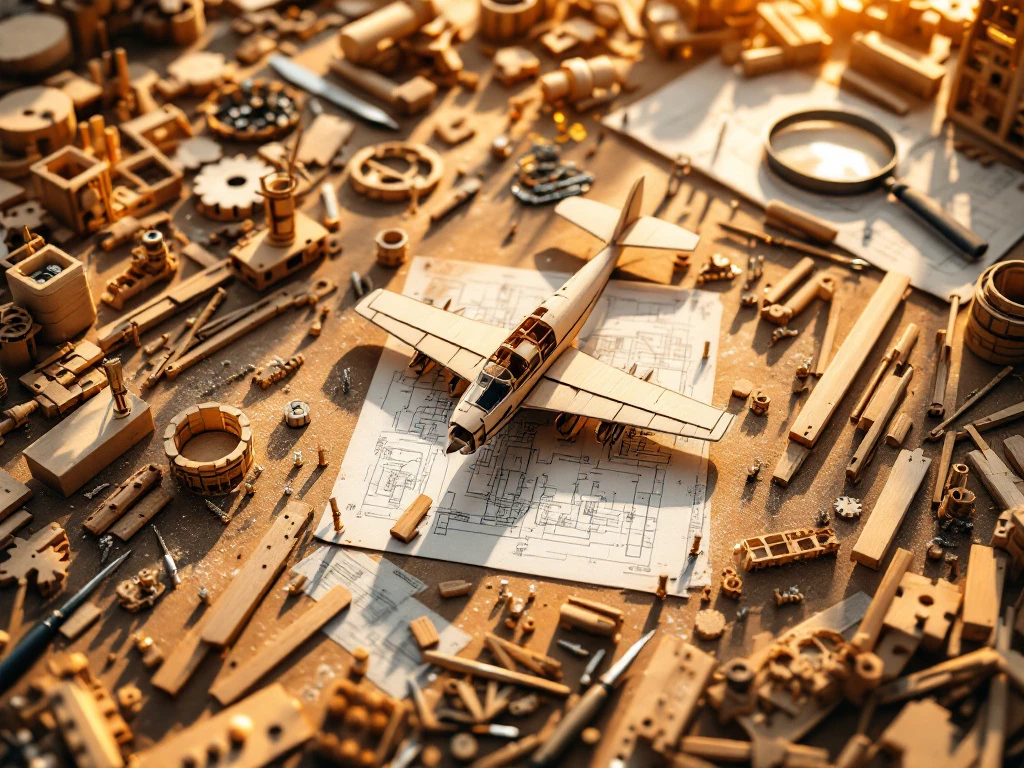
How difficult are wooden construction kits?
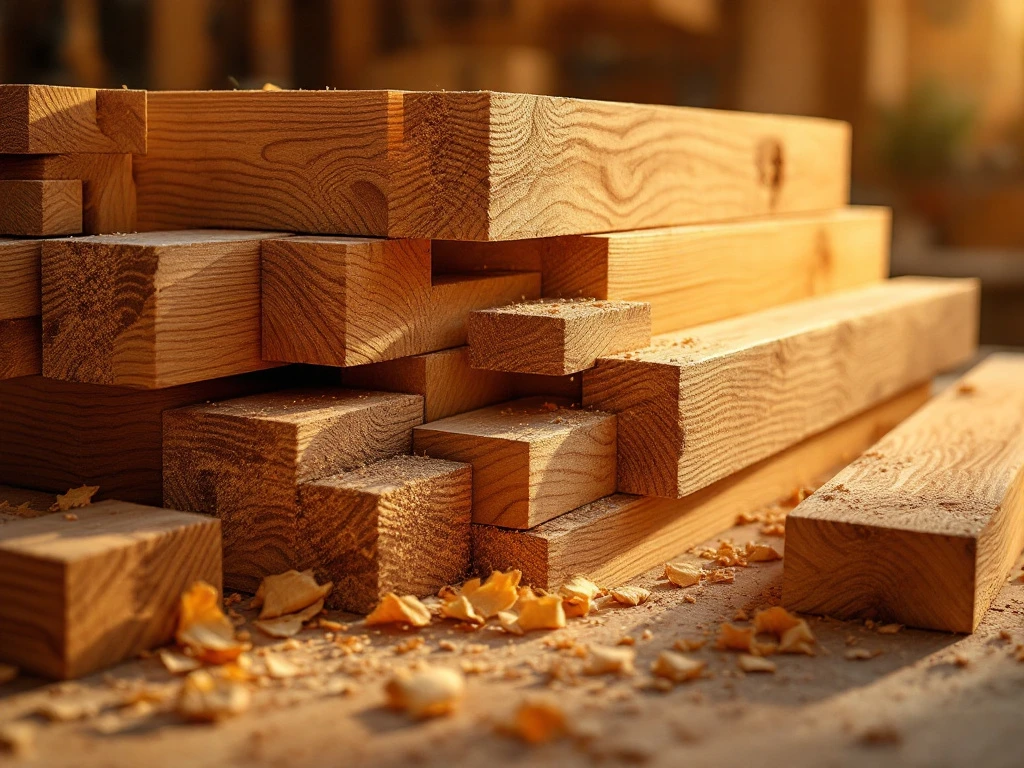
What are the benefits of building with wood?
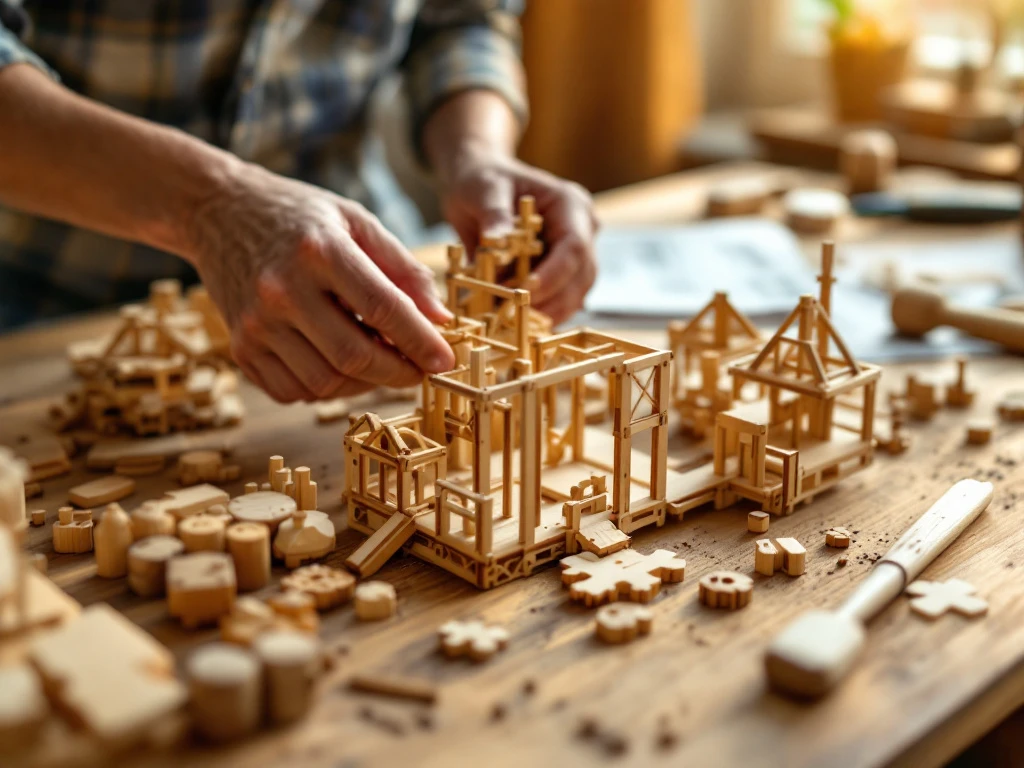
Can adults have fun with wooden construction kits?


